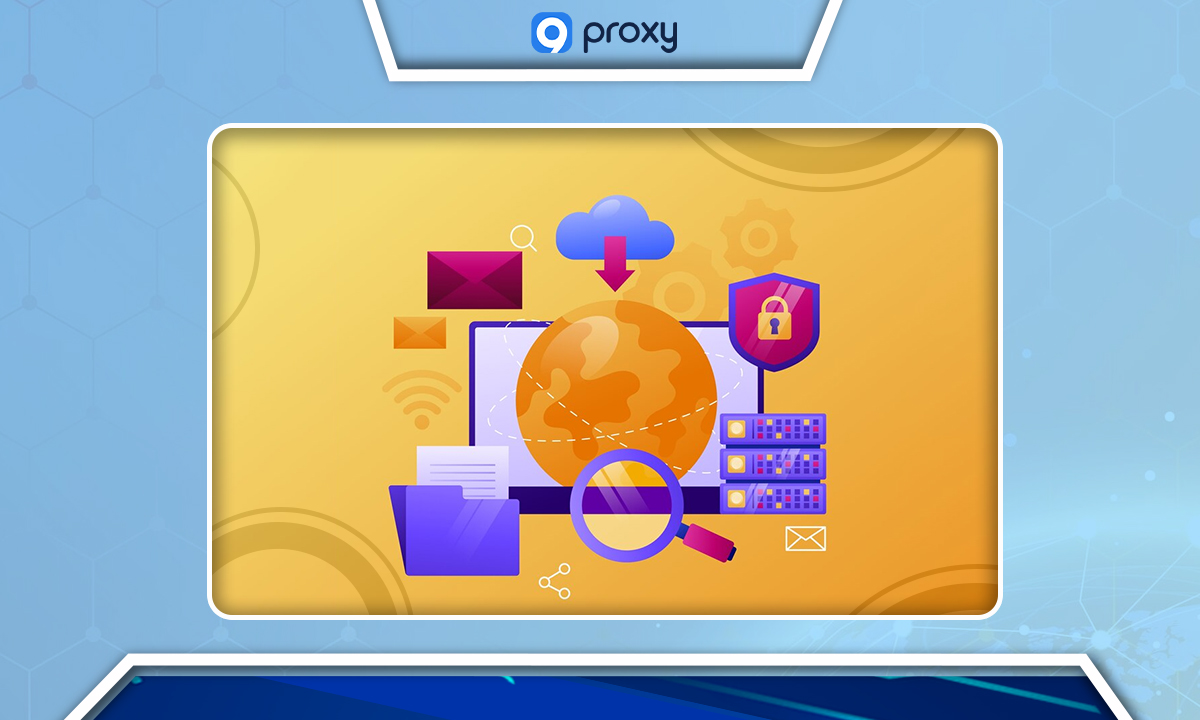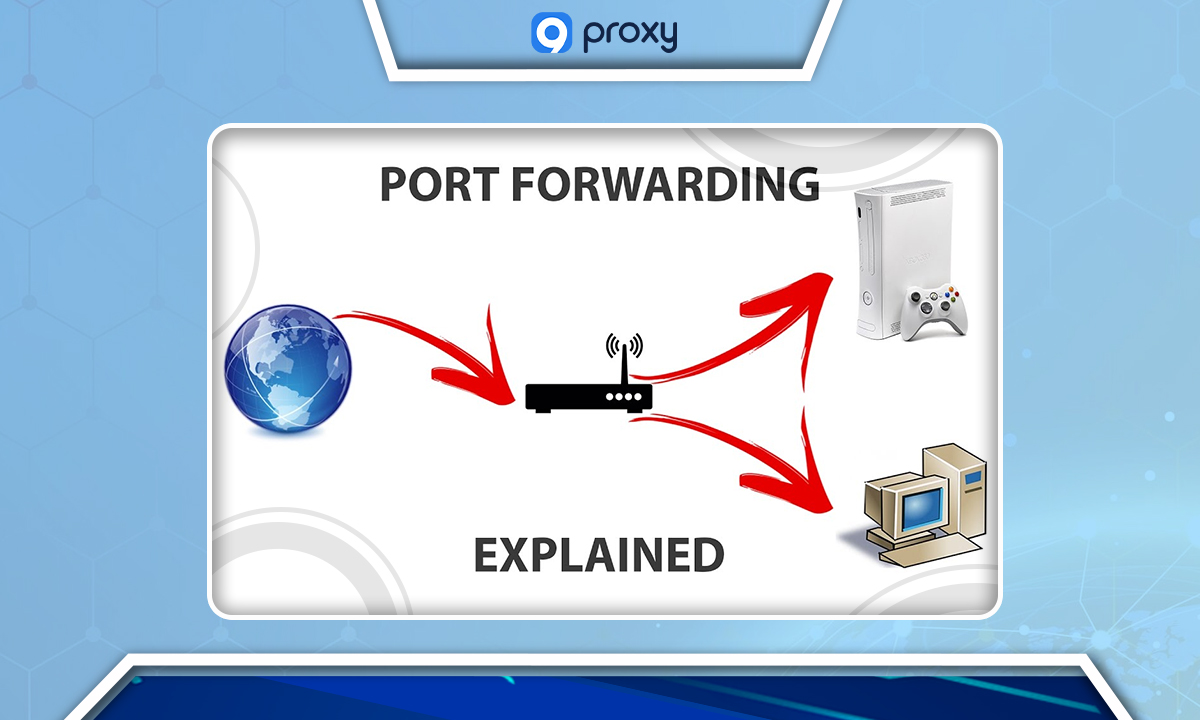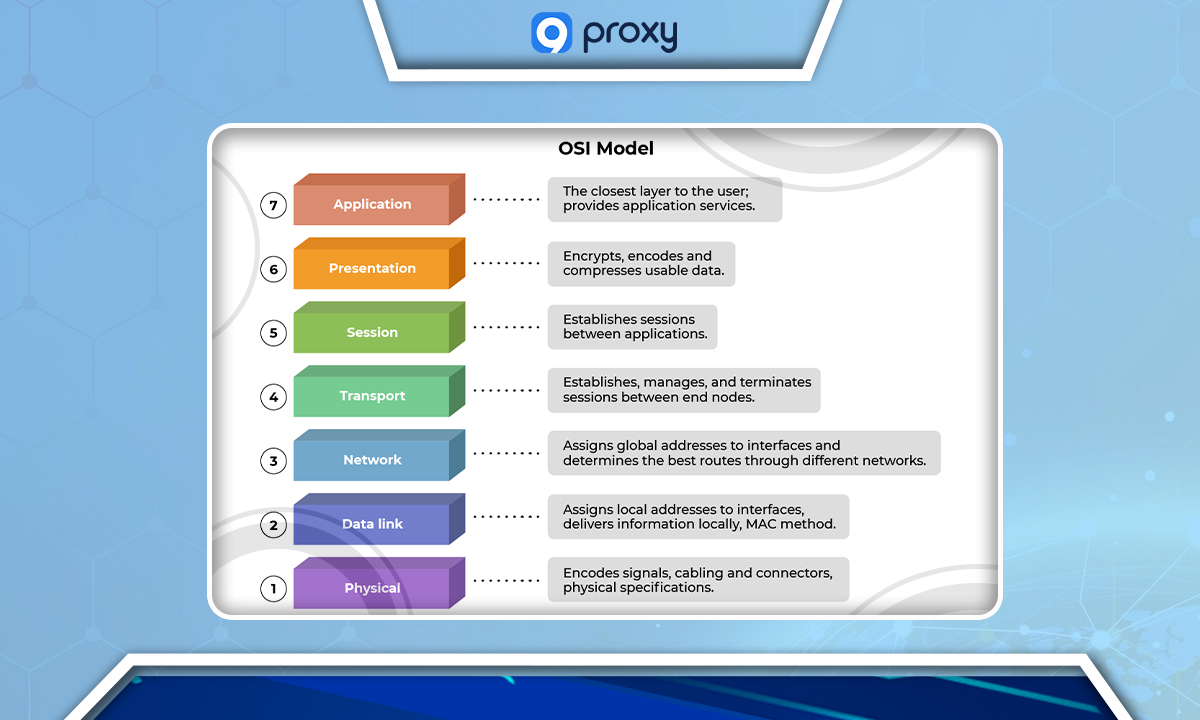In the world of network management, managing incoming traffic efficiently and ensuring data security are crucial tasks. Two key strategies that stand out in this area are reverse proxy vs port forwarding. Each of these methods provides unique approaches and advantages for directing and managing web traffic. In this discussion, we'll explore both techniques in detail, providing insights to help you determine the most suitable option for your networking requirements.
A reverse proxy acts like a middleman between users and web servers. It takes requests from clients (like those from web browsers) and sends them to the web servers. The main roles of reverse proxies include providing a public access point, handling DNS, and improving security and performance.
Many hosting companies use reverse proxies as a standard setup. However, businesses and individual users need to think carefully about whether to use them. For example, if your web application is only meant for an internal team, a reverse proxy might not be necessary unless you set it up very specifically.

Port forwarding, sometimes called port management, is a technique that lets remote servers and devices on the internet connect to devices on a private network. Without port forwarding, only devices within the same private network can interact with each other.
To set up port forwarding, you assign an internal IP address in your firewall settings. Then, you link this internal IP to an external IP address that's recognizable by other devices on the internet. This setup makes your private network devices accessible from the outside while still keeping them secure from external threats.

Port forwarding comes in several forms, each designed for specific needs. Common types include local, remote, and dynamic port forwarding, often utilizing TCP port 22, known for SSH tunneling.
Reverse proxies and port forwarding are essential network traffic management tools, each with unique roles and operational frameworks.
A reverse proxy operates at the application layer (Layer 7) of the network. It serves as a go-between for user requests and servers, providing essential services such as load balancing, SSL termination, and caching. These functions not only boost performance and scalability but also bolster security by protecting the backend servers from direct exposure to the internet.
On the other hand, port forwarding functions at the transport layer (Layer 4). It involves the redirection of internet traffic from one IP address and port number to another through a network gateway, typically a router. This method is commonly used to allow external users to access services on a private network, which is crucial for activities such as online gaming or hosting a server.
While reverse proxies focus on enhancing and securing server communications by managing incoming traffic, port forwarding straightforwardly channels traffic to specific internal devices, without performing any processing on the traffic itself.

When deciding between a reverse proxy and port forwarding, understanding your network's specific needs and security requirements is key.
Choose a reverse proxy if your scenario demands advanced traffic management capabilities. Operating at the application layer, reverse proxies are perfect for environments requiring load balancing, SSL termination, caching, and enhanced security measures. These proxies help shield backend servers from direct external threats and are ideal in complex, high-traffic settings where sophisticated traffic handling is crucial.
Conversely, port forwarding is the go-to option when you need a straightforward solution for external access to internal network services. Common applications include setting up remote desktop connections or running game servers. This method, functioning at the transport layer, simply redirects traffic to designated internal IPs and ports. It is suitable when the requirements do not extend beyond basic rerouting, as it does not involve traffic processing or inspection.
Absolutely. A reverse proxy enhances website security through several mechanisms. It hides the identities of backend servers, preventing direct attacks. Additionally, it manages SSL encryption, ensuring secure data transmission, and can filter out malicious requests before they reach your servers.
Yes, port forwarding is highly suitable for remote desktop access. It allows users to connect to services within a private network from an external location. The setup is generally straightforward, making it an efficient choice for gaining direct access to internal network resources.
No, port forwarding cannot be used for load balancing. It is designed primarily for routing traffic directly to specific internal devices and does not include capabilities for distributing traffic across multiple servers, which is a key feature of load balancing offered by reverse proxies.
In conclusion, deciding between a reverse proxy and port forwarding depends on your network needs and security concerns. In the comparison of "reverse proxy vs port forwarding," port forwarding provides a simple and effective way to access internal services directly. On the other hand, a reverse proxy enhances security, enables load balancing, and offers content caching benefits. Recognizing the advantages and disadvantages of each option will help you make an informed decision to best protect and optimize your network infrastructure.
Get Newsletters About Everything Proxy-Related